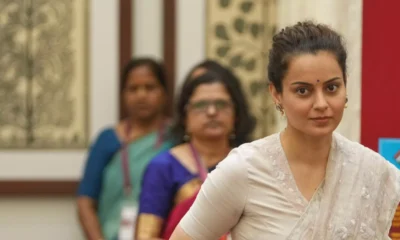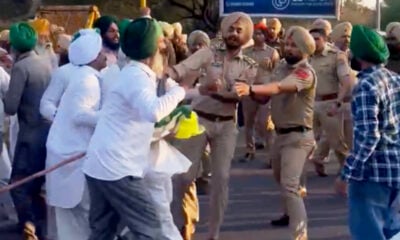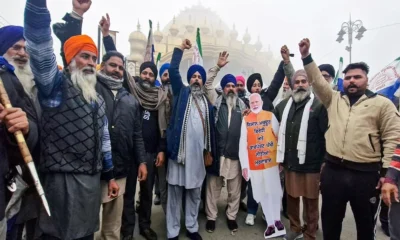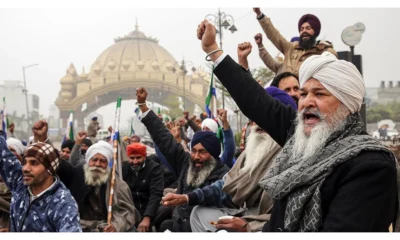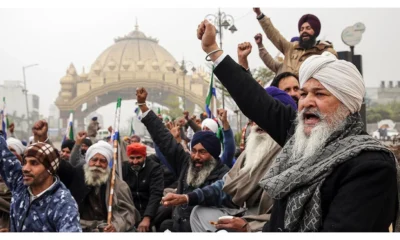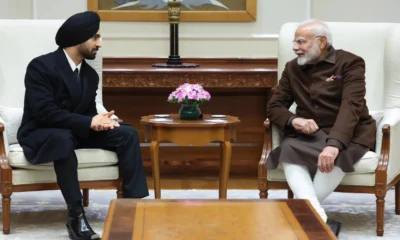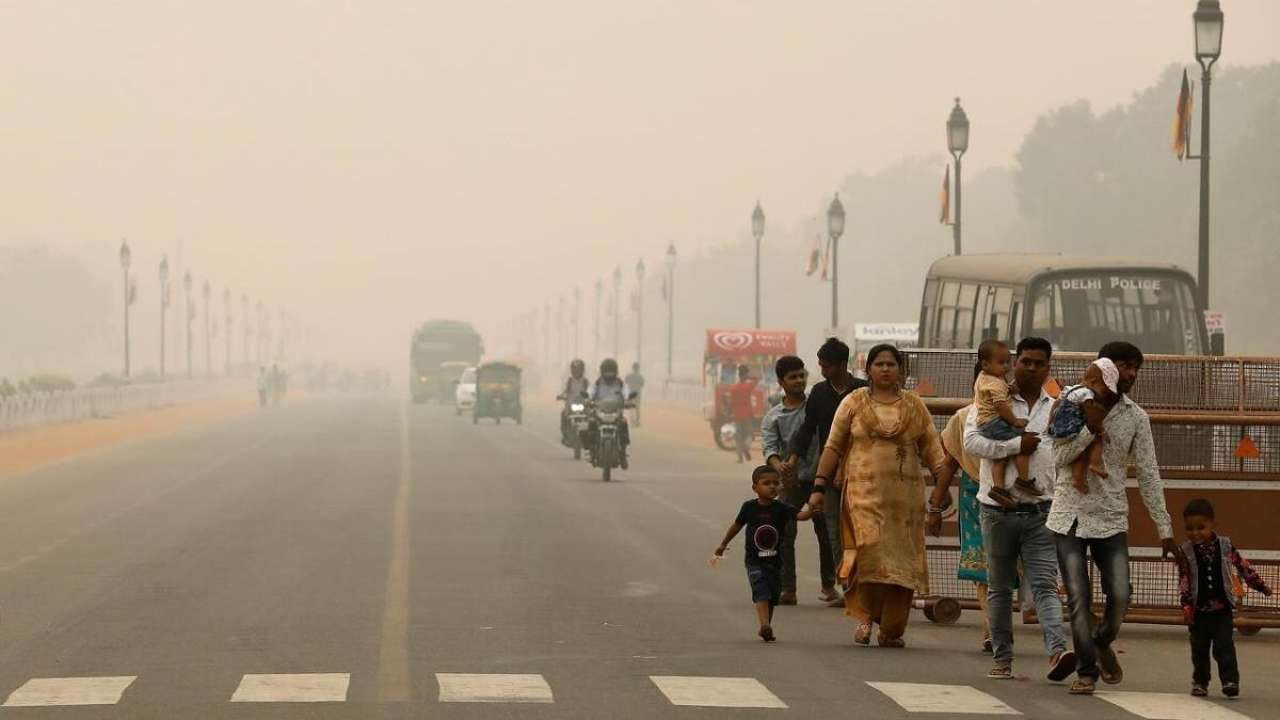India News
As UP farmers march to Parliament, security beefed up at Delhi borders
Section 144 has been imposed and all the borders have been sealed for a day.
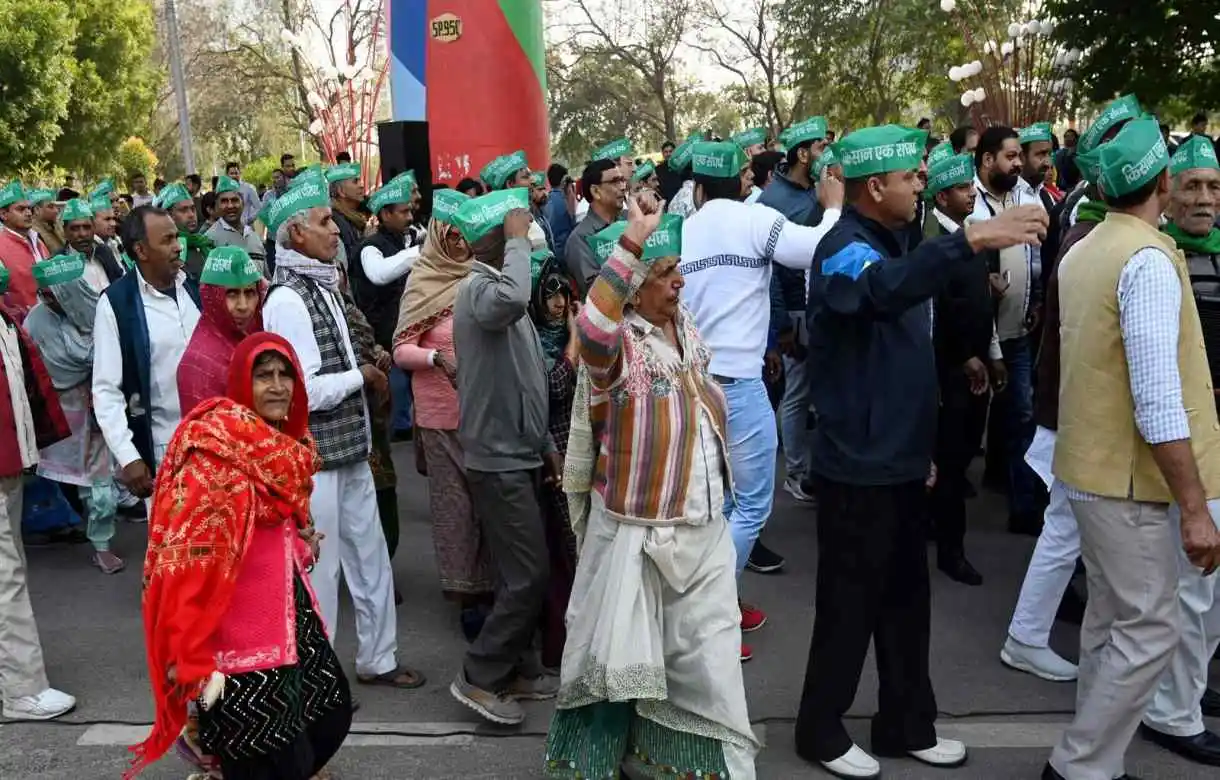
India News
RBI cuts repo rate to 5.25%, paving the way for cheaper loans
The RBI has cut the repo rate to 5.25%, aiming to support growth as inflation softens. The central bank also raised GDP projections and announced liquidity-boosting measures.
India News
IndiGo flight chaos deepens as over 500 services cancelled, passengers stranded for hours
Over 500 IndiGo flights were cancelled nationwide, leaving passengers stranded without food, clarity or their luggage as airports struggled to manage the disruption.
India News
Delhi to install 305 mist sprayers across 9 major pollution hotspots
Chief Minister Rekha Gupta announced that 305 mist sprayers will be installed across nine pollution hotspots in Delhi, alongside expert-led planning and coordinated measures to reduce dust and biomass-related pollution.
-
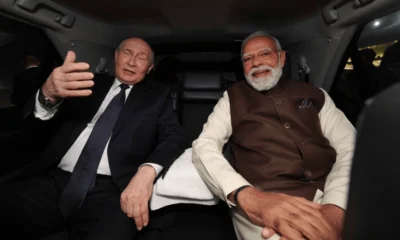
 India News20 hours ago
India News20 hours agoPM Modi welcomes Vladimir Putin with warm hug as Russian President begins India visit
-
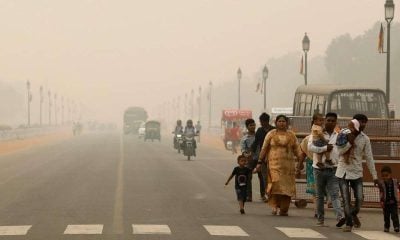
 India News20 hours ago
India News20 hours agoDelhi to install 305 mist sprayers across 9 major pollution hotspots
-

 Cricket news20 hours ago
Cricket news20 hours agoRavi Shastri warns critics against messing around with Virat Kohli and Rohit Sharma
-

 India News5 hours ago
India News5 hours agoIndiGo flight chaos deepens as over 500 services cancelled, passengers stranded for hours
-
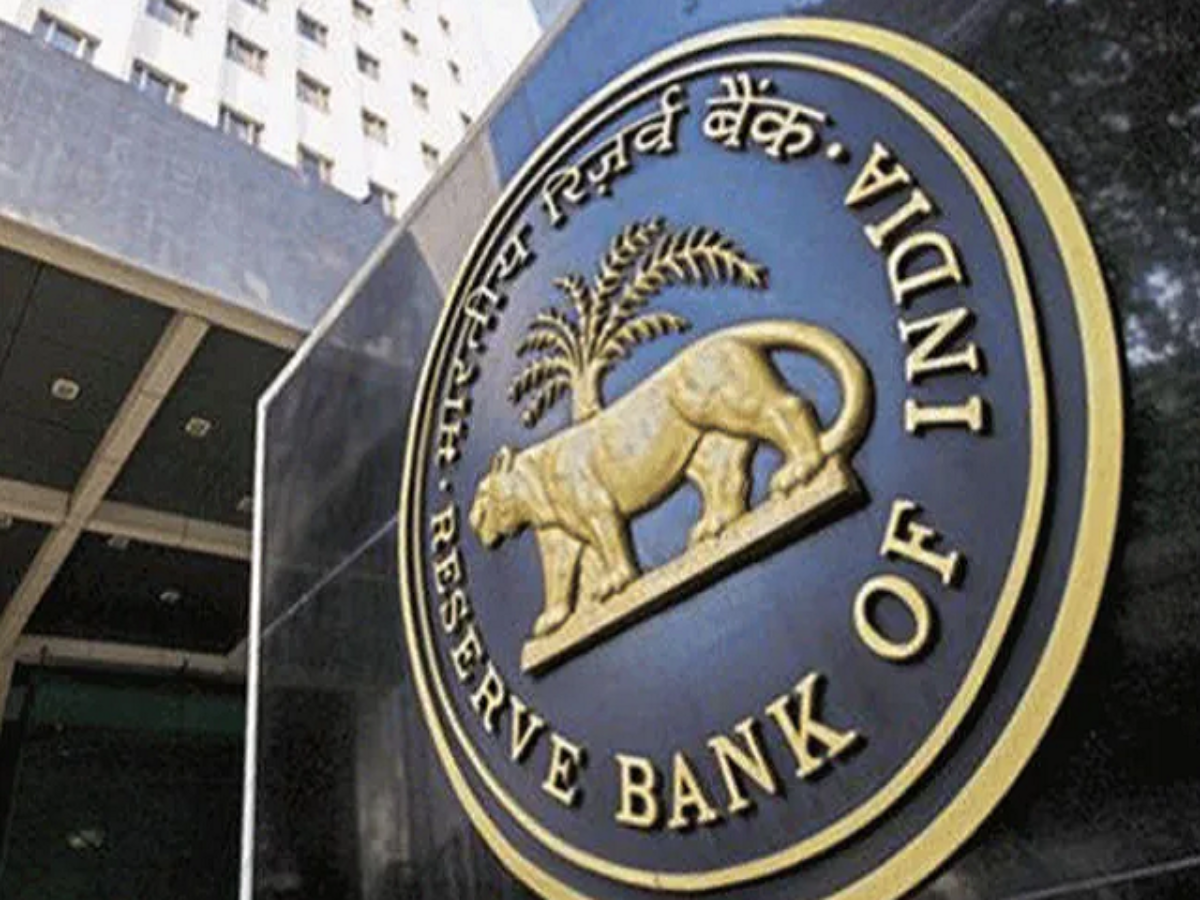
 India News5 hours ago
India News5 hours agoRBI cuts repo rate to 5.25%, paving the way for cheaper loans
-
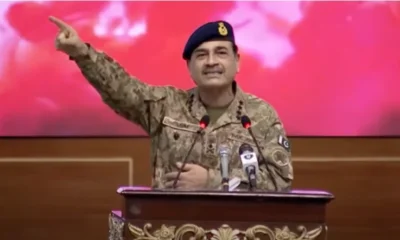
 Latest world news5 hours ago
Latest world news5 hours agoAsim Munir appointed Pakistan’s first Chief of Defence Forces, to serve 5-year term

